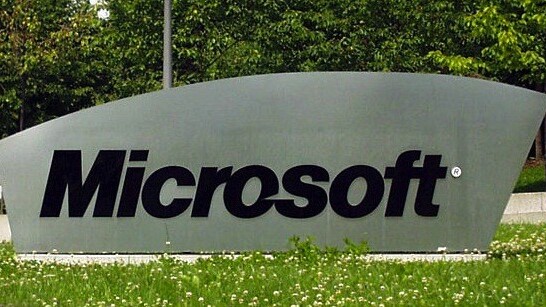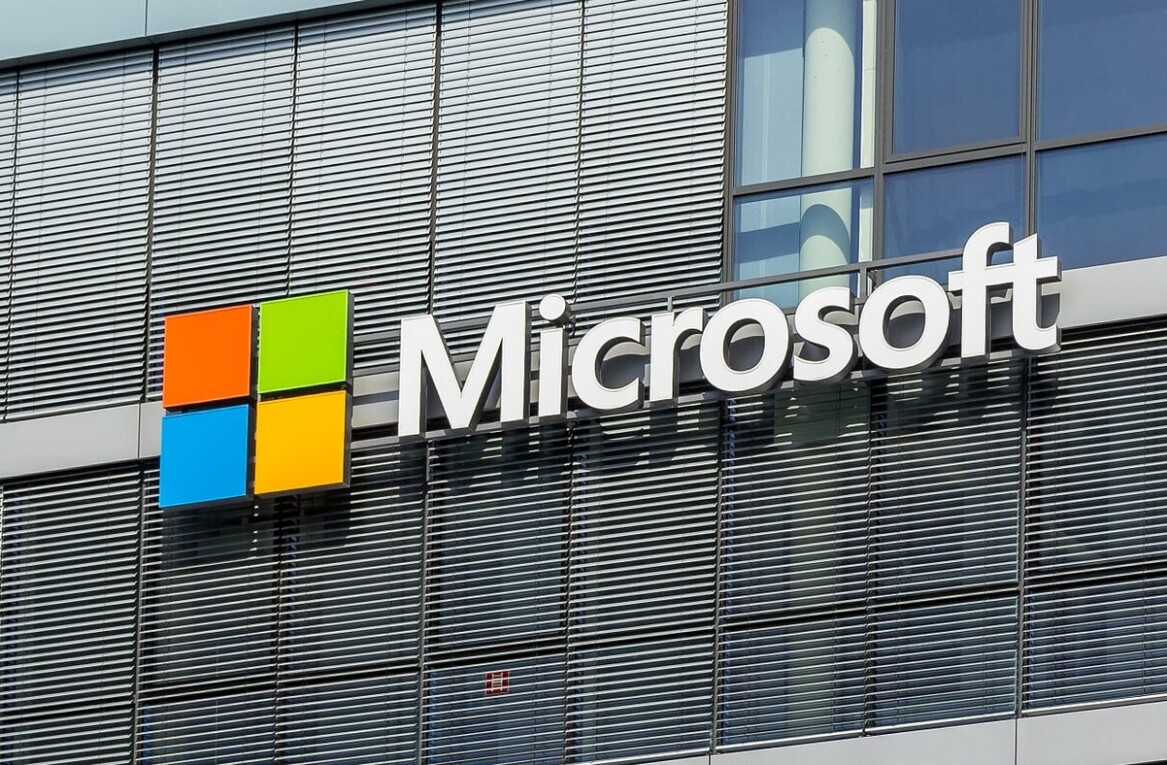
Microsoft’s new OA 3.0 verification process built into its Windows 8 platform is said to be causing issues between notebook manufacturers and brand vendors over the accountability of increased costs associated with the manufacturing process, Digitimes reports.
Sources close to notebook makers say that because manufacturers are required to pre-install parts of the Windows 8 platform onto a PC’s BIOS, which will require the user to key-in authorisation keys over an Internet connection, notebook makers will have to completely abandon the older method of attaching a Certification Of Authorisation (COA) label.
It has been suggested that a change of install method will require a longer time to install on each machine, requiring workers to spend more of their time with each computer but also hamper efforts to mark units on completion so that technicians are aware of which computers have already had the new operating system loaded onto it.
Sources have said that it will not only lengthen production lines, but also require additional funding to train technicians.
The Digitimes report notes that Microsoft has not cleared up who fronts the cost to incorporate the new process:
The sources also revealed that the ODMs believe Microsoft is playing a two-faced game with the notebook players – on the one hand, the software giant has told notebook ODMs that brand vendors will pay all the increased cost, while they told the brand vendors that ODMs will be responsible for the cost. However, since there is still not yet a firmed result about which side will handle the cost, the two side have been having a controversy about the issue.
Copies of Windows shipping on OEM machines are typically tied to the computer’s motherboard, limiting the ability to transfer it to another machine.
Microsoft provides the following definition for its older OA 2.1 verification process:
“Original Equipment Manufacturer (OEM) activation is a perpetual, one-time activation that associates Windows 7 with the firmware (BIOS) of a computer.
This occurs before the computer ships to the customer, so the end user or organization is not required to take any additional actions.
The copy of Windows 7 that the OEM installs on a computer is valid only on that particular computer, and it can be reinstalled and reactivated only from the OEM-provided recovery media.”
If notebook makers are unable to identify the devices they have already pre-installed software on, perhaps the issue isn’t Microsoft’s, with it expected that manufacturers that can output 1000 PC’s at a time should be able to incorporate a policy to separate those that have and have not been completed.
Get the TNW newsletter
Get the most important tech news in your inbox each week.




